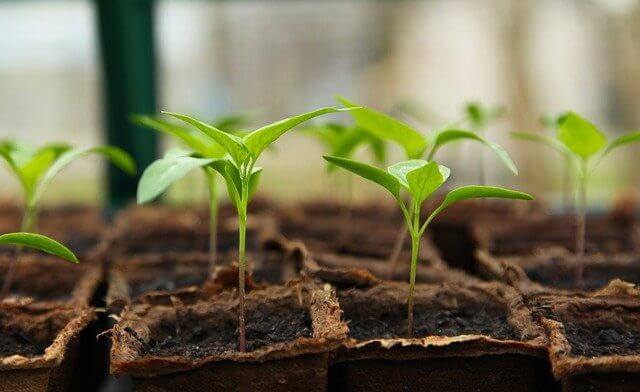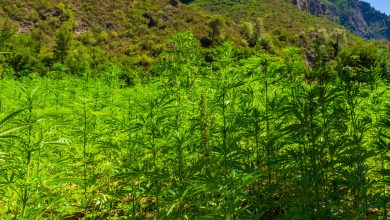Garden for beginners- Alchimia Grow Shop
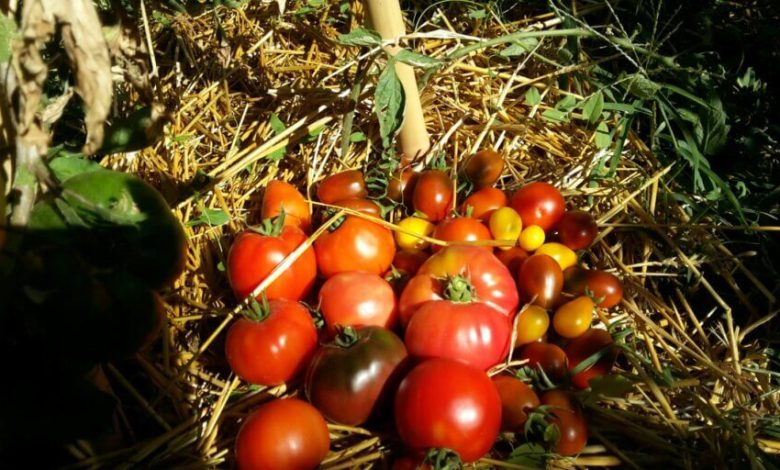
Basic tips for setting up your garden. First steps.
Surely the idea of setting up a garden has crossed our minds more than once, but some excuse has always prevented us from putting the idea into practice. Whether out of necessity, having top-quality fruits or vegetables, or having food free of pesticides that are harmful to health… hundreds of reasons should encourage us to materialize the idea of putting a garden in our lives. After all, a garden is pure health and great therapy!
Orchards can be made in countless locations, but there are several factors that we must take into account. With the right conditions, almost any place would work for us to grow, from a large garden in a rural environment to a small urban garden on a terrace or balcony in the city.
The most important conditions to consider whether we can set up a garden are several, but the following are the most important to take into account:
- A minimum of 6 hours of direct sun is necessary. If, on the other hand, we have fewer hours of sun, the results will not be satisfactory for the vast majority of fruits and vegetables in our garden. It is one of the most important parameters.
- We must have the most precious asset in our location: Water.
Water in the garden
Whether we have a rural or urban garden, we must especially take this last parameter into account; If the garden is urban we will have to see where the nearest water intake or tap is, while if it is a rural garden, we will have to check the nearest water source to be able to get it to our crop. It may seem obvious, but it is a detail that can save us headaches in the future when our garden begins to demand greater amounts of water.
Unlike the automatic irrigation systems that we see in many indoor crops, in an outdoor garden everything is easier since we can connect our hose directly to the water intake tap (if we have one), which will save us a lot of work in the garden.
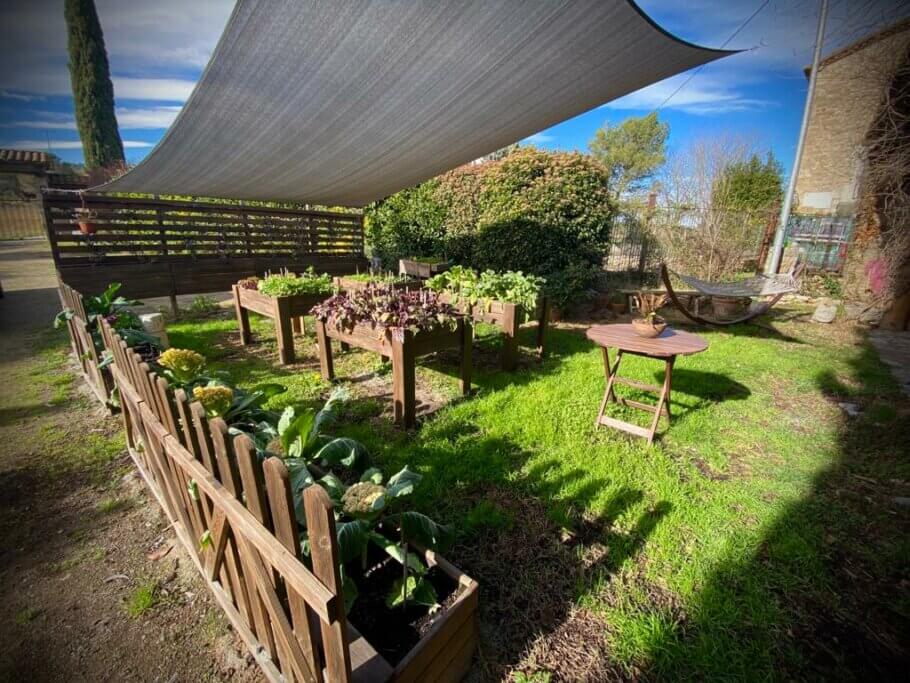
The distance between the garden and our home is another relevant factor that we must take into account, having a garden in our home will not be the same as having to travel to tend to it the attention we can provide will not be the same, and reconciling it with family life and work is sometimes an arduous or complicated task. In these cases, we could consider the idea of the irrigation timer.
Garden and substrate
Whether we have a large area or a small balcony or terrace in the city, the growing medium is an important requirement that we must take into account. After all, it will be the substrate that provides physical support and nutrients to the plants!
Without focusing too much on the preparation of the land, in the case of rural gardens, it would be advisable to provide organic matter in autumn or winter and work the mixture well with the soil to oxygenate it; This way we will have all the nutrients well composted and available for when we have to plant our vegetables. Mother Earth – to a greater or lesser extent – will always give us good results, but we can always add guano or other fertilizers or amendments to improve the nutrition of our plants.
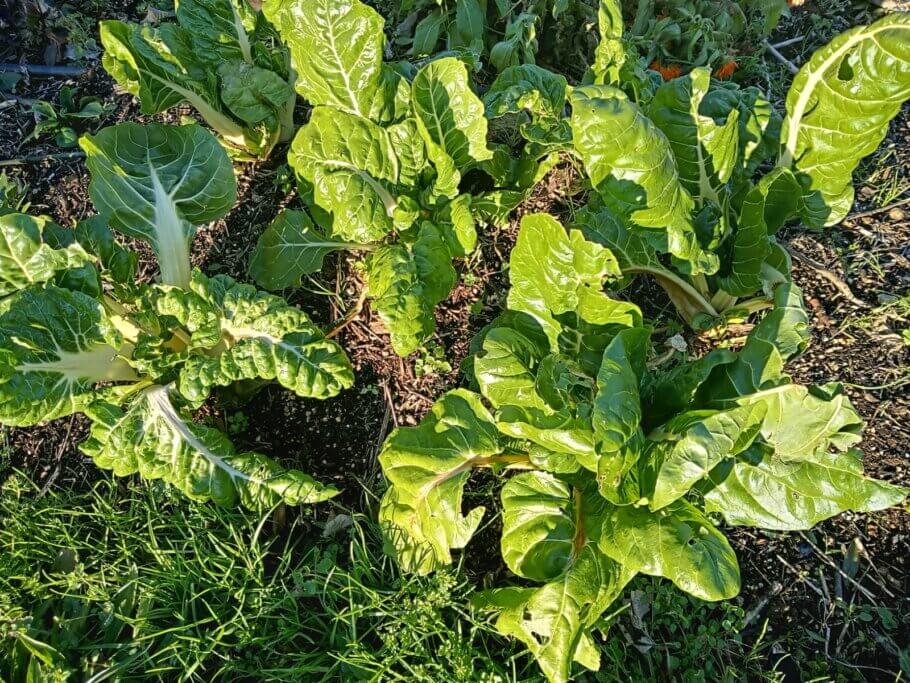
On the other hand, if we are going to grow in pots and we want to ensure good results, we could opt for Light Mix type substrates and enrich them with humus, guano, or products such as Supermix from Plagron; As always, it is better not to use “cheap” substrates. and of dubious origin, they are usually nothing more than sources of future problems.
Both in mother soil and in pots, it will always be a very good idea to add microbial life such as Trichoderma, bacteria, and mycorrhizae when transplanting to the final location. Subsequently, sugarcane or blackstrap molasses can be used to feed the beneficial microorganisms.
The size of the garden
It is recommended that the garden does not exceed 20% of our surface or garden; In this way, we will avoid problems and we will be able to cultivate in the most ecological and environmentally friendly way possible. Placing as many plants as possible is not a good idea, since the plants must have a minimum space between them to be able to develop in optimal conditions. Thus, we must take into account that they will grow, they will need their space and air circulation, and they should not shade each other.
Not respecting these bases can lead to imbalances, leading to the rise of pests. It is also essential to be able to move around the crop without hindrance and work as comfortably as possible, without having to dodge or dodge plants.
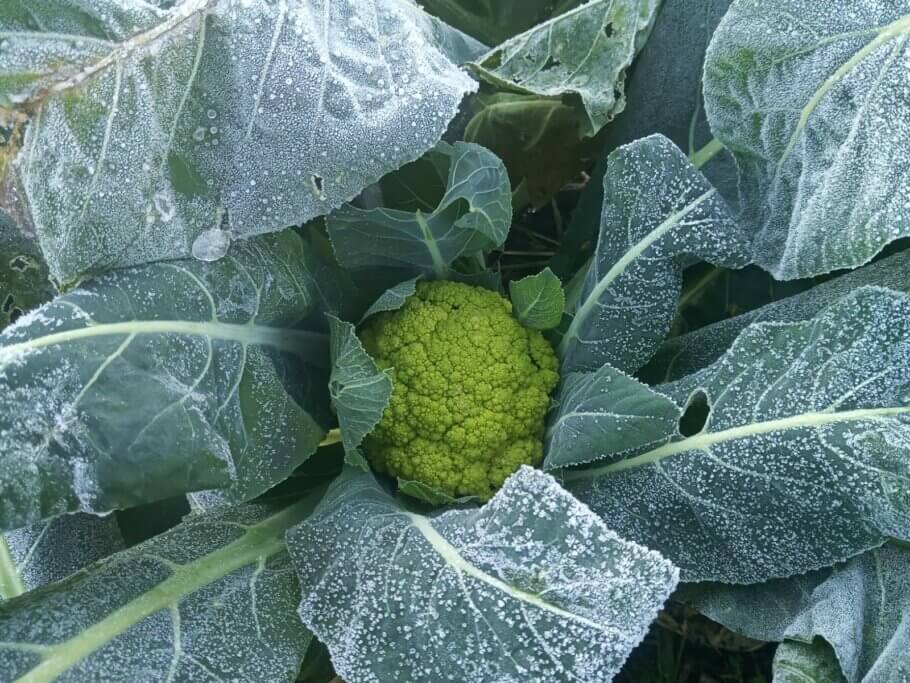
From 25 square meters, we could have a wide variety of vegetables during spring and summer, with around 10 square meters being the minimum surface to stock up on. With 50 square meters, we could operate all year round and with 100 square meters of garden, we could cover the basic fruit and vegetable needs of an average family, of course with the corresponding effort and dedication!
Realistically, once we are sure and have a good location, the best thing we can do is use the space that we can really care for properly, no more and no less, and if we are newbies, progressively add new vegetables year after year.
The seedbeds
The seedbeds are the basis of our future plantation. If you don’t feel ready or time is running out, you can always go to a nursery for a grown plant, although we have to admit that part of the charm is lost, and they will not have all the varieties that we can find as garden seeds.
January and February (Spain, northern hemisphere) are the ideal time to make our spring-summer season plantings, always trying to keep them protected from frost. Of course, we can also do them in a small corner of our indoor grow without any problem.
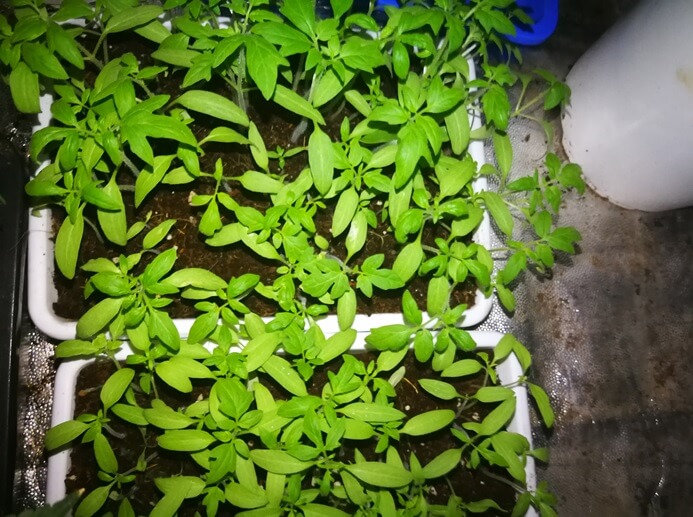
Creation of seedlings or seedbeds
Once we have a location decided for our rural or urban garden, we will have to start with the seedbeds or seedlings. It is important to always put extra seeds because some will not germinate, and others will grow weaker… our objective is to keep the best specimens before moving them to the final place, so it is best to put quite a few more seeds than we need.
Once the best specimens have been chosen, we will leave all those leftover seedlings in the reserve. On some occasions, certain plants can fail us once in their final place, or an animal could also cause some damage to them, so it is always better to have a reserve of seedlings to be able to replace them in case some fail. Furthermore, and in case they end up being left over, it will never hurt to have a good detail with family or friends!
Tips for germinating vegetable seeds for your garden
In this article we show you a few tricks to maximize your success when germinating seeds for the garden, paying special attention to the most important points to get an excellent germination rate. From the plan for sowing to the type of substrate or water to use, here we have all the information you’ll need to start your garden in the best possible way.
We can do the seedbeds outdoors, directly in mother soil or in seedbeds or pots protected from adverse conditions. We can also have them inside the house, as long as they get light or sun, especially when the first germinations begin to appear.
To do this we can use the classic trays with cells, pots, planters, or our imagination using recycling techniques, such as the typical wooden wine boxes that we are going to throw away. Be that as it may, we will have to make the relevant holes in the base of the container to provide good drainage.
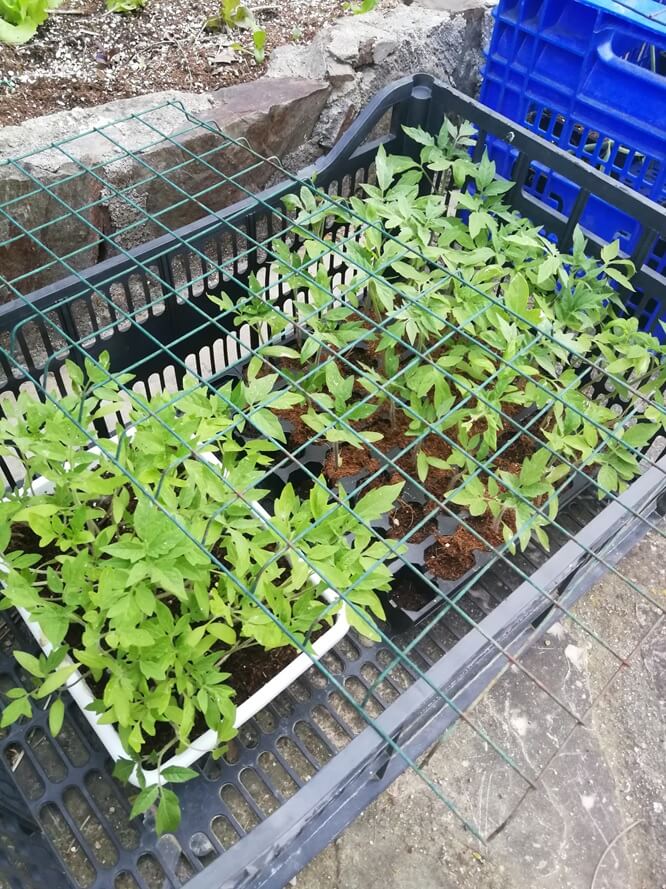
In outdoor seedbeds, especially in cold climates and regardless of the container we use or if we put them directly in mother soil, it would be convenient to cover them with plastic or a thermal growing blanket, so that we accelerate the germination process by increasing the temperature and the humidity. If we cover them with plastic, it would be advisable to uncover them for a few minutes every 2 or 3 days to allow them to air out, preferably at those times of day when there is more light intensity. Of course, a heating mat would be ideal in this case.
We will have to watch and be attentive because in times close to good weather the sun is already beginning to heat up and could be disastrous for our plants by reaching high temperatures. Once the first seedlings appear and the temperature conditions are not excessively low, we can permanently remove the plastic or covers from the plant propagators.
Depending on the season in which we make our seedlings, it will not be necessary to water the seedbeds much, since the ambient humidity and low temperatures will not generate much evaporation and the substrate will last a long time with humidity. As the weeks go by, the seeds grow and the temperatures increase, it will be necessary to water them, always without flooding the substrate and avoiding drowning our plants.
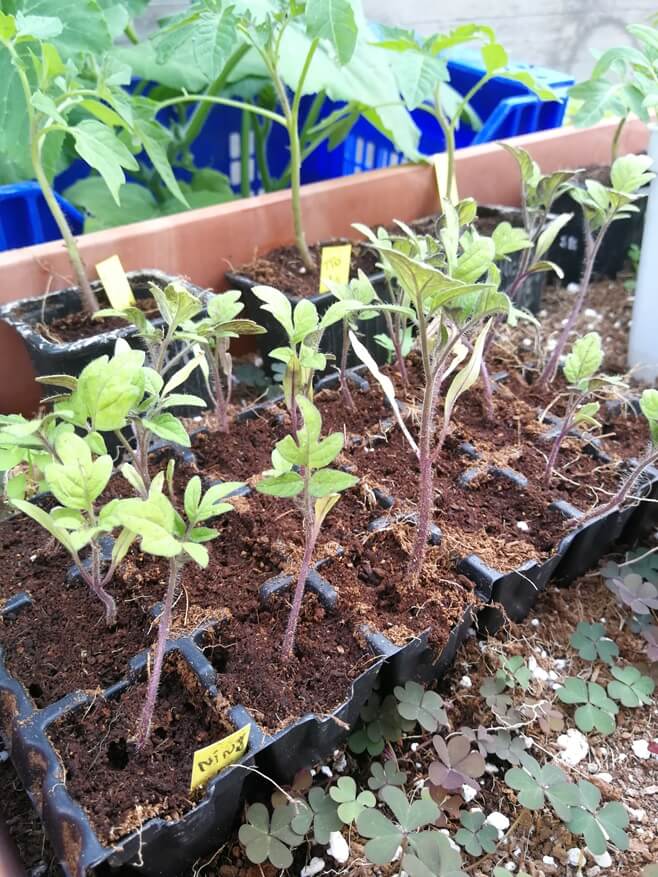
The objective of the seedbed is to facilitate germination and obtain seedlings when the conditions of the final place are favorable; good soil temperature and adequate outside temperatures. When these conditions are ideal and our seedlings are of adequate size, we can transplant them to the final place in our garden.
One of our great allies in campus maintenance is water sprayers. Thanks to them, we will be able to keep the substrate hydrated to prevent it from drying out completely, a circumstance that is not very common in January and February, although everything will depend on the conditions of the seedbed: it is not the same a planter with 5L of soil covered with plastic, than a 3m outdoor bed!
Once our seedlings have germinated, are in the growth period, and have developed a few centimeters, it would be advisable to use preventatives, especially fungicides. In this way, we will ensure that they grow healthy and free of possible fungi. As we always tell you, prevention is the key!
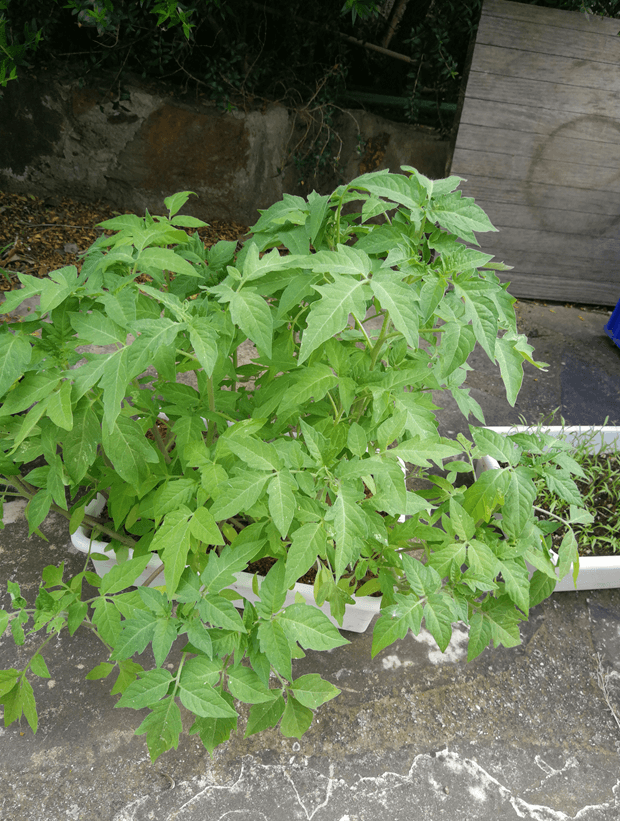
What to plant in our first garden?
When we are starting and are new to gardening, many doubts will arise; Many of them will be resolved as we delve into this wonderful world of the garden and, of course, we hope that this article will help to answer some of them.
When making the seedlings for our future garden, one of the first questions that arise is… “And what do I plant in the garden?” Well, we can start with easy plants that will help us solve the menu for many days in spring and especially summer, such as lettuce and tomato. Flowers and aromatic plants will also give us good results and are easy to grow. Let’s look at some of them in more detail:
Growing lettuce
There are many varieties of lettuce (unlike those we can find in the supermarket), with different shapes, colors, and textures. Furthermore, we can grow them in mother soil, in small planters, and in terraces… it is not a demanding plant, anyone who is starting will be able to harvest lettuce without much effort.
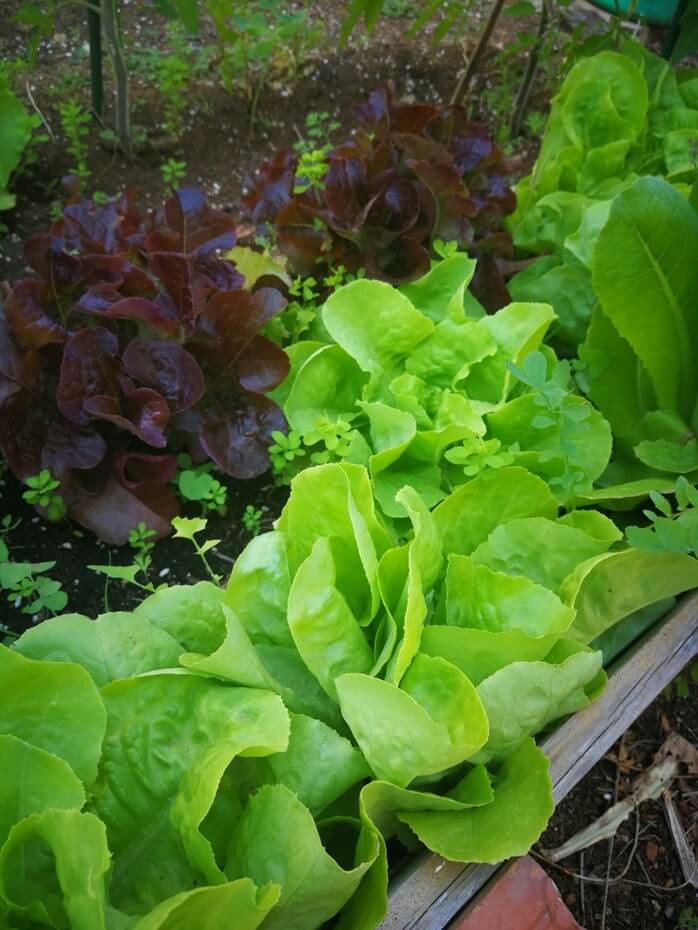
Lettuce can be planted practically all year round, as it is particularly resistant; It does not like high temperatures and can withstand some negative degrees in winter, although it is not advisable to have temperatures below 10ºC. They like well-drained and sandy substrates, with a pH of 6.5 to 7.5 and they do not like to be thirsty.
Starting in May they will grow quickly, so it is a good idea to put them in batches of small units so as not to find ourselves with excess production at harvest time, and to always have lettuce available. It is highly recommended to grow lettuce in urban gardens since in a pot or planter it is relatively easy to obtain good specimens without much effort.
Growing tomato plants
Tomato plants are plants that need high light intensity for optimal development. They tolerate high temperatures, although the ideal ones are those that range between 20 and 23ºC, taking into account that at night they always appreciate a few degrees less than during the day. At less than 10ºC, tomato plants slow down their growth and their development will no longer be as expected.
They like soils rich in organic matter and medium humidity in the substrate; A lot of humidity will cause pathogen problems, pollination problems (low relative humidity will also affect pollen) and water stress can also cause cracking in the fruits. But let’s not be scared!
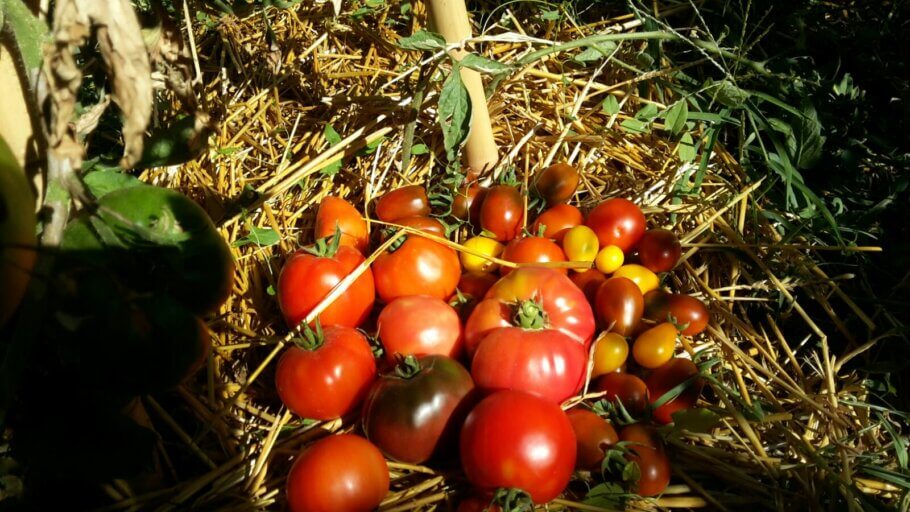
If we see that it is too sunny and hot in our garden, we can always put a shading mesh over them or find the most suitable place for them. We must also monitor irrigation so that an average humidity is always maintained in the substrate, without exceeding it or continuously flooding, and above all not causing water stress, so that they always have water when they need it.
Tomato classifications
If we go back to the ancestors of the tomato centuries ago – and allow us to make a simile with the animal kingdom – we could say that the tomato was like the wolf, a wild and undomesticated being, and that, thanks to the hand of man and the passage Over time, it has become what we know today as the different dog breeds.
The first wild tomatoes in their beginnings were nothing more than a small fruit of the “cherry” type. The exact origin remains a mystery, but we know that it was already known to the Aztecs. We can already imagine the rest of the story and how they spread throughout the world… Today we can find a multitude of tomato varieties, from local or native ones to modern hybrids adapted to hydroponic cultivation, or modified transgenic varieties. genetically created by Monsanto.
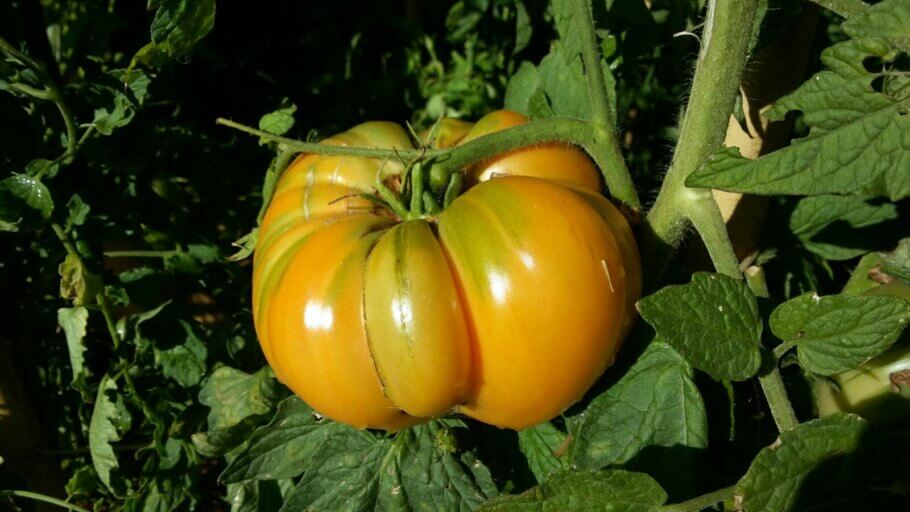
Tomato plants prefer sunny locations
Tomatoes can be classified in very different ways, but we will focus on them by the types of growth. However, let me tell you that they can also be classified:
- By size: From the Cherry, which weighs just a few grams, to the Basbastro, which can exceed a kilo in length.
- By types of preparation: For salads, sauces, preserves…
- By color: A very common classification in the United States (black, pink, red, yellow, green, zebra…)
- By to the shape or type of fruit: Fleshy (Basbastro), hollow (Montserrat), pyriformes (pear type), nipple…
- By flower type
Tomato plants by type of growth
According to this classification, there are tomato plants with indeterminate growth and tomato plants with determinate growth. The first are those that are usually used for growing in a greenhouse (also in a garden) and, so to speak and without going into depth, they would be those in which the central stem or apex does not stop growing.
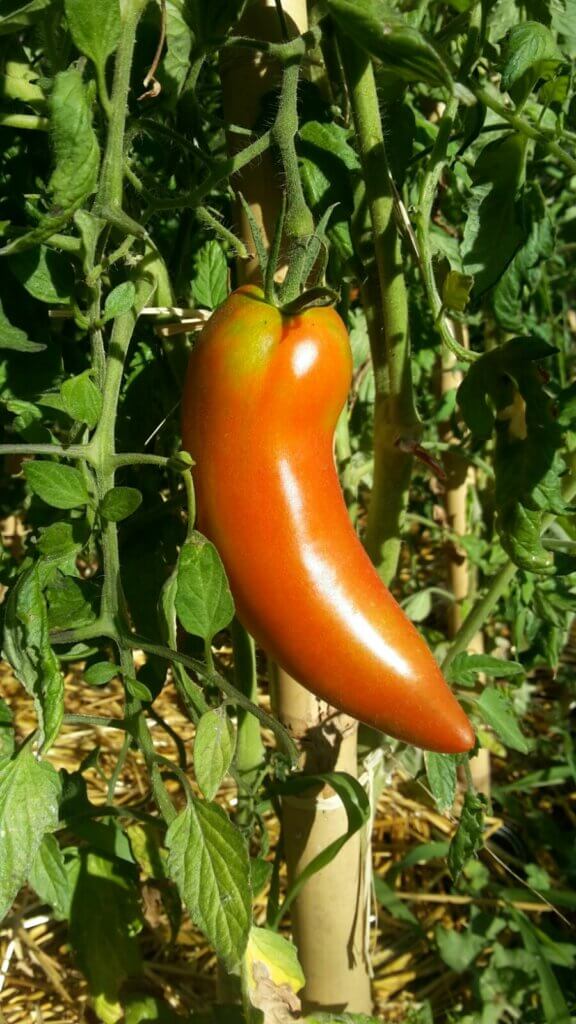
This being the case, many times we will have to resort to apical pruning and sucker pruning because if we leave them to their free will we will have problems reaching the tallest tomatoes. Obviously, we will need a good tutoring or plant support system. Indeterminate varieties have more space between leaves and produce batches of tomatoes until the end of the season in stages.
Determinate growth varieties are more used for rapid production and also for smaller spaces and potted crops. They are bushy type and do not usually need apical pruning, or suckers. They are also known as self-pruning and all the stems end in a floral cluster.
These types of tomato plants do not produce tomatoes the entire season, they will produce them all at the same time, which is why they are often used to make canned tomatoes. They do not usually require staking and we will find a subgroup within the certain so-called dwarfs, these can be grown in small containers without many problems. The determined varieties are therefore highly recommended for urban gardens.
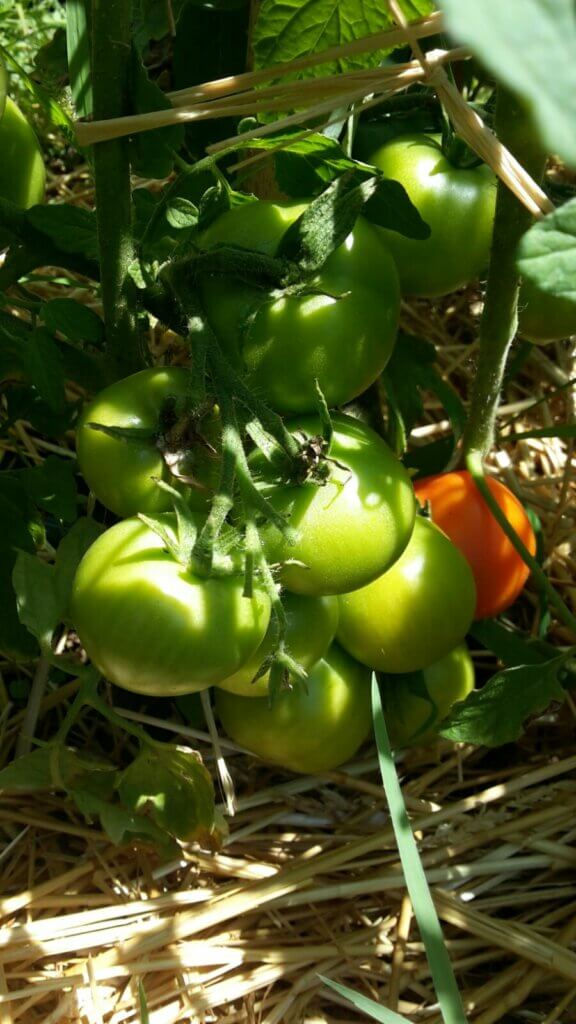
Whenever the conditions of our garden allow it, it is a good technique to use both indeterminate and determinate tomatoes, since the determinate ones will give us the tomatoes first and at the same time to consume, while the indeterminate ones will start later and until the end of the season.
Aromatic plants and flowers, our great allies
Fauna, aromatic or medicinal plants and flowers are our great allies in organic farming. Many of these plants are natural insect repellents and will help us keep away those that are not beneficial to our crops and that could become a possible threat. On the contrary, other aromatic plants will attract natural predators of pests, such as ladybugs to keep the aphids under control. Other aromatics and flowers will also attract pollinating insects to our garden, such as bees.
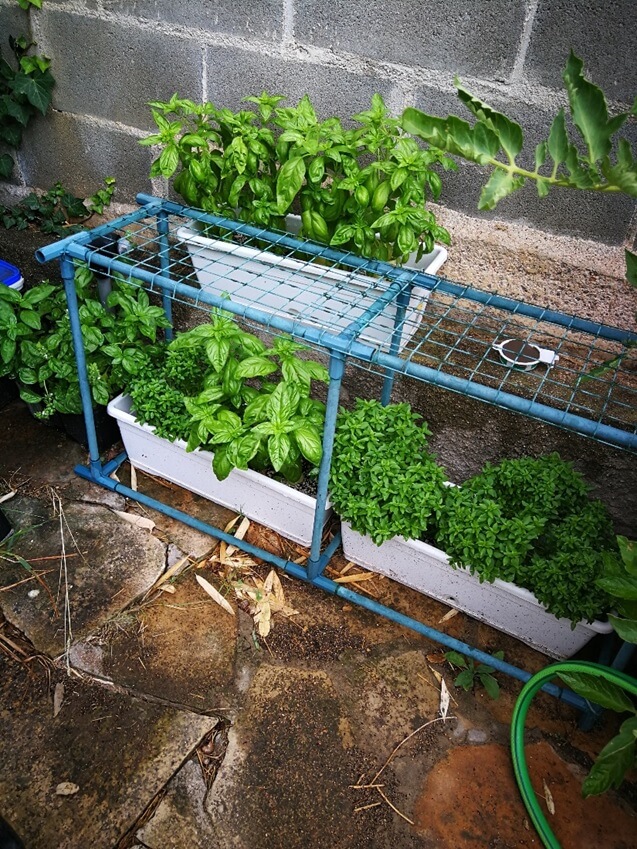
Thanks to the integration of aromatic plants and different flowers in our rural or urban garden we will achieve enormous benefits, from keeping certain pests at bay to being able to increase the yields of our crop significantly thanks to pollinating insects. Aromatic plants are very easy to grow both in pots and in mother soil, and they do not require much experience or special care. For example; Mint, oregano, rosemary, and thyme are from the same family along with basil (Lamiaceae), which by integrating it into the cultivation of tomato plants will fight against whitefly, aphids, and harmful fungi such as mildew and powdery mildew.
Integrating this type of plant into our garden, in addition to making it much more pleasing to the eye and obtaining medicinal and aromatic plants, will help us in many aspects of our organic cultivation. There is a great variety of allied plants that will not only help us in our crops but also have great properties, both culinary and therapeutic.
So far this introduction to growing vegetables, we hope that you are encouraged to try it and benefit from consuming a product of 100% organic, healthy, and natural origin, and also grown with your own hands. As always, do not hesitate to share your questions or advice, we will be happy to answer you!
Happy gardening!
The articles published by Alchimiaweb, S.L. are reserved for adult clients only. We would like to remind our customers that cannabis seeds are not listed in the European Community catalogue. They are products intended for genetic conservation and collecting, in no case for cultivation. In some countries it is strictly forbidden to germinate cannabis seeds, other than those authorised by the European Union. We recommend our customers not to infringe the law in any way, we are not responsible for their use.
